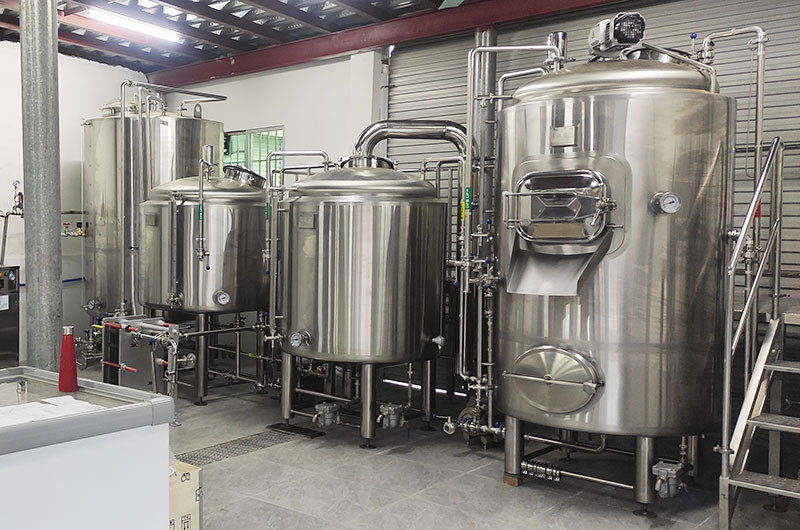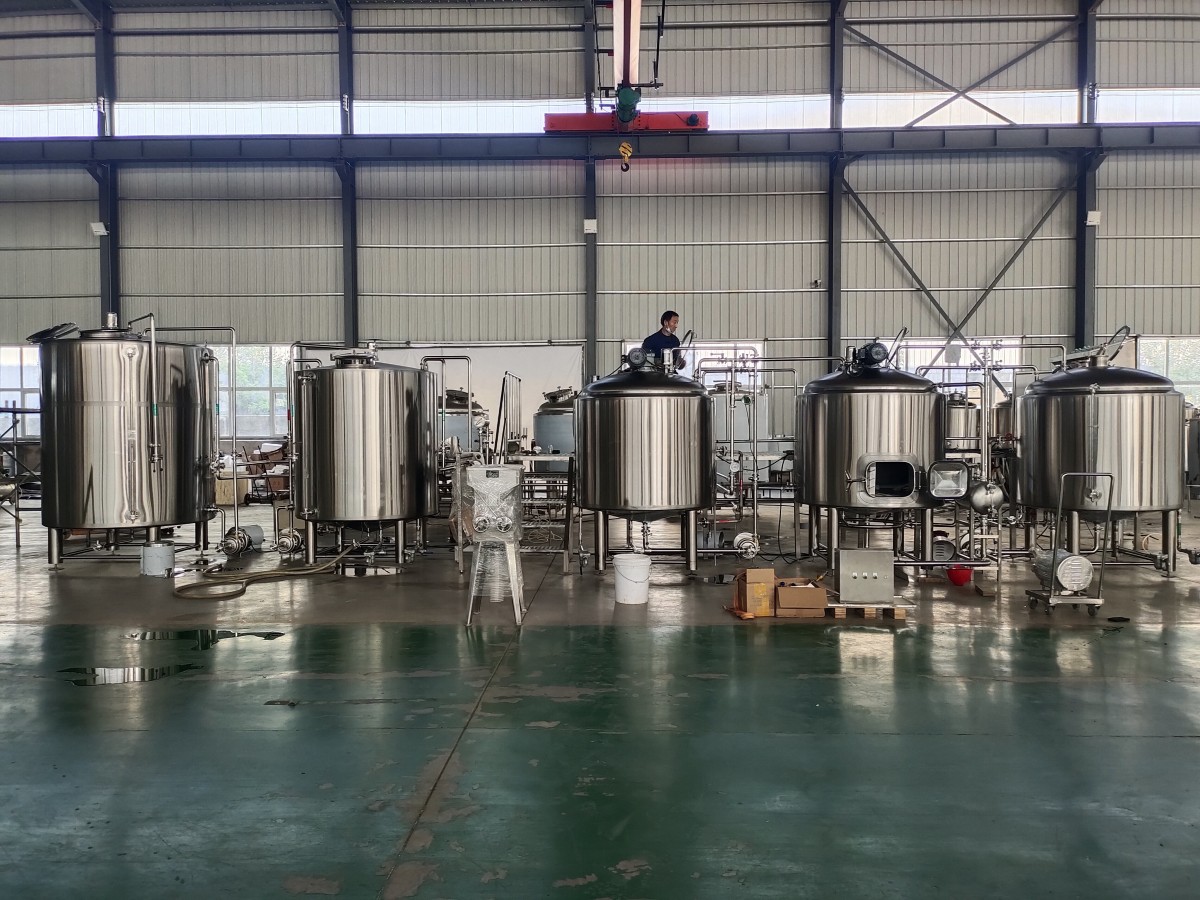A Full Overview from Equipment to Process: Comprehensive Insight into Beer Brewing, Fermentation, Distillation, and CIP Systems
In recent years, brewing is no longer a mysterious craft hidden in corners. From entry-level home brewing enthusiasts to increasingly professional microbrewery setups and high-output industrial beer factories, the evolution of beer brewing equipment has brought a more standardized, efficient, and personalized production model.
This article aims to provide a clear and educational understanding of equipment related to beer brewing, fermentation, distillation, and cleaning, helping both beginners and experienced brewers rationally understand the modern technology behind this traditional craft — without any advertising, without any sales language. Just craftsmanship, just knowledge.
1. Stainless Steel Equipment is the Foundation of Brewing
In the beer and fermentation industry, stainless steel has long become the default standard. From small household equipment to large-scale commercial systems, beer making equipment stainless steel offers corrosion resistance, easy cleaning, and excellent insulation.
Homebrewers often begin with simple single-kettle systems or a complete home brew starter kit to start their brewing journey. Commercial breweries, on the other hand, are equipped with multiple temperature-controlled fermenters, hot water tanks, cold water tanks, and CIP cycle cleaning systems to build a complete brewing process chain.
This ensures the integrity and safety of the beer brewing process and greatly contributes to the final taste of the beer.
The cleanliness and stability of the equipment and brewery directly determine the consistency of beer flavor and are closely related to food safety.

2. The Fermentation Stage Determines Flavor Direction
After the wort is brewed, fermentation turns sugar into alcohol through fermentation equipment, forming the body of the beer. This process has extremely high requirements for temperature, pressure, and oxygen content — any slight deviation can affect the final quality.
For home brewers, choosing one of the more popular fermentation equipment suppliers on the market or searching platforms like “fermenting supplies near me” or “fermentations home winemaking and homebrew center” can provide many different fermenter manufacturers, offering choices from glass fermenters to small stainless conical tanks.
Commercial breweries more often use smart-controlled, high-pressure conical fermenters, maintaining fermentation stability through temperature control systems and automatic valves. Many homemade brewery equipment models are beginning to replicate these design concepts even in small-scale brewing, ensuring quality and controllability.
3. Cold Water Tanks and Temperature Control Systems
Cooling is an indispensable step after fermentation, especially when interrupting yeast activity and preparing for filtration or bottling. At this point, cold water tanks or glycol systems start to function — such as the commonly seen 600L ice water tank for brewery glycol cooling.
Whether for yeast cooling, stabilizing the beer body, or controlling temperature during the cleaning process, every step is critical. Small brewing systems can also achieve temperature control with portable chillers or dual-jacketed fermenters.
4. Distillation: Not Only for Spirits
Distillation is often regarded as a process step for liquor and whiskey, but it is increasingly being applied in beer-related scenarios — such as extracting bases for high-alcohol beverages or using distillation for deep cleaning and alcohol recovery.
The market outlook for distillation equipment is promising.
Modern distillation equipment combines electric heating, vacuum pressure regulation, and automated control systems, far surpassing the traditional copper stills.
Some multifunctional systems support both brewing and distilling, allowing one system to handle more possibilities and further promoting the diversification of commercial beer making equipment.
5. CIP Cleaning Systems: Automation Improves Efficiency
CIP (Clean-In-Place) systems are a revolutionary solution for cleaning, enabling automated, efficient, and standardized internal cleaning without disassembling the equipment.
For large breweries, CIP systems ensure hygienic separation between batches and prevent cross-contamination.
Even in small or semi-automated systems, a simple spray ball plus chemical circulation pump is enough for basic pipeline and fermenter interior cleaning.
Many beer brewing supplies near me now offer kits that include CIP modules. Even some hardware store brewing company-style home devices are starting to come equipped with detachable CIP components, greatly improving practicality.

6. Packaging and Storage: More Than Just Bottled Beer
After fermentation, beer needs to go through filtration, carbonation, and bottling before it can reach consumers. Home users can search online for beer bottles for home brewing near me to find suitable processing providers, and then sanitize and cap bottles themselves.
In commercial production, automated filling lines, capping machines, and pressurized storage tanks ensure consistency and taste for every bottle.
Whether selling to a craft beer liquor store near me or delivering to local restaurants and pubs, the packaging stage defines the final image of the product.
7. Hobbyists Driving Market Evolution
In recent years, many consumers have actively searched for recommended home brew kits or browsed a home brew shop near me to find more brewing stores. Brewing is gradually becoming an everyday hobby or an extension of cultural tradition.
Many brewers start with a best rated home beer brewing kit and grow into community breweries or family wineries.
They not only redefine the concept of “home brewing” but also promote local consumption and personalized product development.
With the accessibility of online communities and brewing technologies, brew your own beer near me is gradually becoming part of city life — no longer just the preserve of niche enthusiasts.
Final Words
Whether you are a beginner exploring brewing or a professional looking to upgrade your system, understanding the equipment logic behind brewing and fermentation is always the first step toward wise decision-making.
From fermenters to cold water tanks, from CIP systems to filling equipment — every step affects the quality and production efficiency of your beer.
The threshold for brewing is steadily decreasing, and choosing the right equipment and process allows you to brew a good beer worth sharing — whether in your home kitchen or a commercial brewery.
